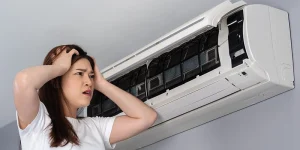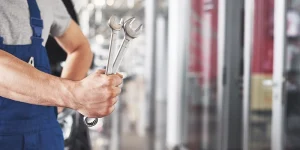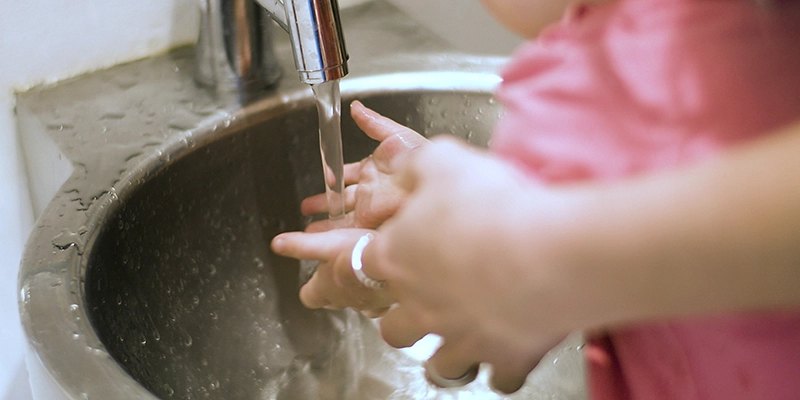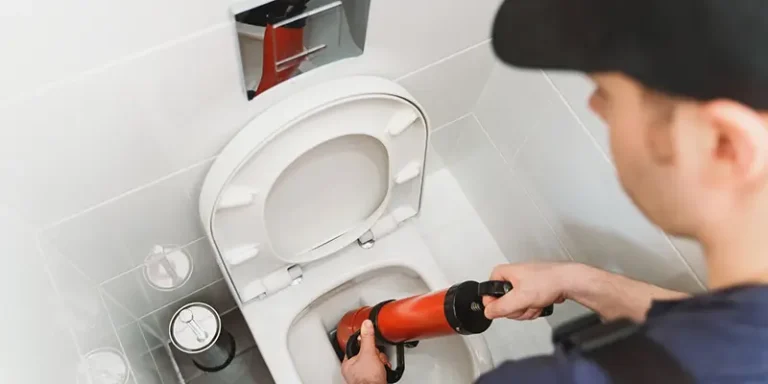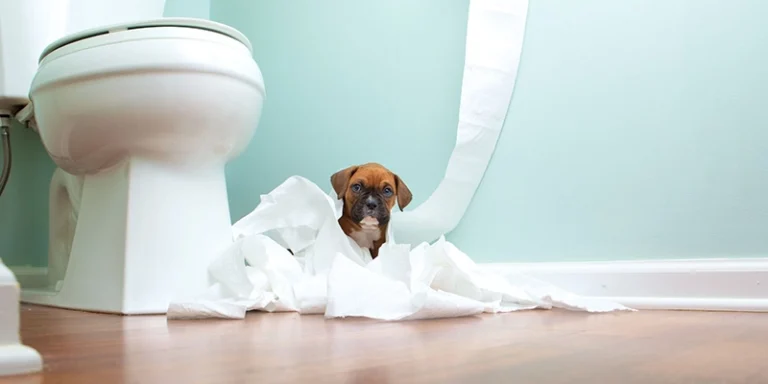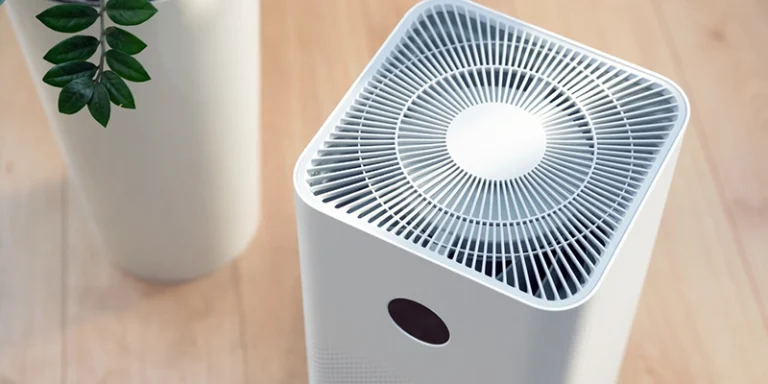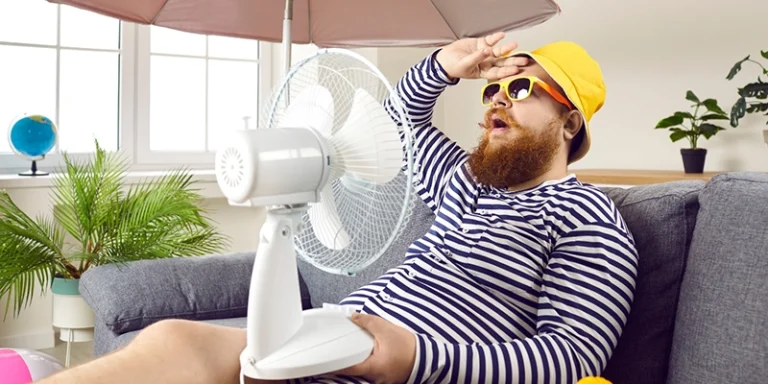The average home water pressure is between 40 and 46 pounds per square inch (PSI). If you believe that the amount of water coming out of your tap or shower is of low pressure, chances are your water pressure is below this number.
Low water pressure is when water from the pipes dribbles out weakly instead of spraying out at the volume it usually does.
Low water pressure can be frustrating since it affects your daily use of appliances like dishwashers and the flow of hot water from shower heads.
It can be caused by several factors like your pressure regulator failing, corroded pipes, or when you have many branch lines and simultaneous water usage.
How Water Pressure Works
The water from a municipal water supply is often piped from natural sources and then directed to treatment facilities. After treatment, the water company transfers the water to pressure tanks at heights similar to water towers.
From there, gravity does the rest of the work by naturally increasing pressure. However, in some cities, booster stations help keep the pressure consistent in a main city supply pipe. So, where does the water pressure fail? Here are six causes of low water pressure in your house.
Why Are You Experiencing Low Water Pressure in Your House?
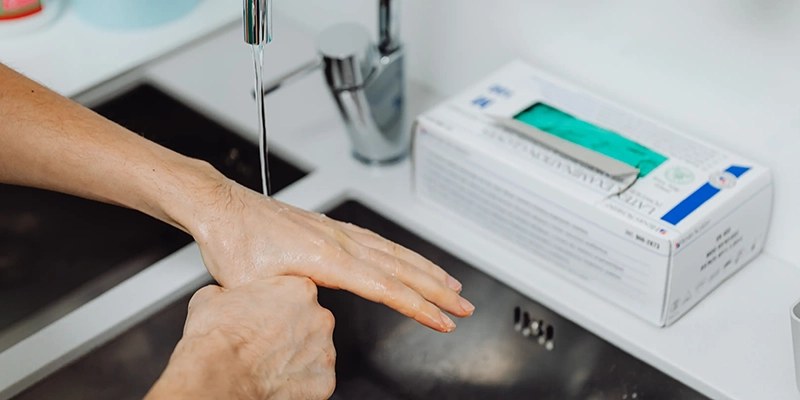
Broken Water Pressure Regulator
- A water pressure regulator has a pressure-reducing valve that stabilizes the water pressure in your home and maintains it at a specific range. They are mainly installed in houses that are connected to the public water supply.
- If you have a faulty pressure regulator, your home’s water pressure may either be too low or too high. You should get a plumber to check and fix it if it’s broken.
Closed Water Meter Valve
- The problem may also be at the main shutoff valve. In most homes, water supplies can be turned using two control valves, one in your home, the main house shutoff valve, and the other at the meter.
- Always check to ensure these two valves are fully open, as sometimes they can be just half open, which affects the water pressure.
- Sometimes, this happens when the water is shut off temporarily and switched on again. Your water meter might be in a different part of your house, depending on where you live.
- For example, if you live in places with cold temperatures, the water meter is typically located inside. Find the main shutoff valve and turn the valve handle until it opens fully.
Faulty Water Pressure Gauge Fixture
- The causes of low water pressure problems can also lie in faulty fixtures. Sometimes the water pipe, shower head, or faucets can be subject to clogging over time due to mineral deposits.
- he clogging can lead to blockages that disrupt water flow, causing the water to slow down and other plumbing issues. Regular cleaning and aeration might fix the issue, but sometimes you may need to replace the plumbing fixture.
Steel Pipes Corrosion
- Corroded plumbing is a serious problem and an expensive one too. They cause low water pressure when the galvanized steel pipes are so rusty that water does not get through because of the clogged pipes.
- Unlike other issues that may cause a sudden drop in water pressure, this usually happens over time, and you might not notice it during the debris buildup.
- The solution to corroded pipes is replacing steel pipes with plastic, copper, or other plumbing pipes that do not react with hard water.
Leaking Pipelines
- Leaks can be caused by various plumbing problems, such as faulty connections or busted pipes. One of the signs to look out for are wet spots along your pipelines.
- If you notice an increase in your utility bills yet your water usage hasn’t changed, it could also be a sign of a leak somewhere.
- You can use rubber patches to fix plumbing leaks quickly, but it’s best to get a licensed plumber to check out the leaks. In some cases, you may need to have the pipes completely replaced.
Shared Pipelines
- How well do you know your water supply system? Sometimes, you may share the same pipeline with your neighbor. Unfortunately, this means that every time they wash dishes or shower, they will experience water pressure issues in your home.
- One solution is to estimate when your neighbor engages in water-intensive activities and avoid doing the same. Alternatively, you could decide to do a pipe replacement and get a dedicated pipeline.
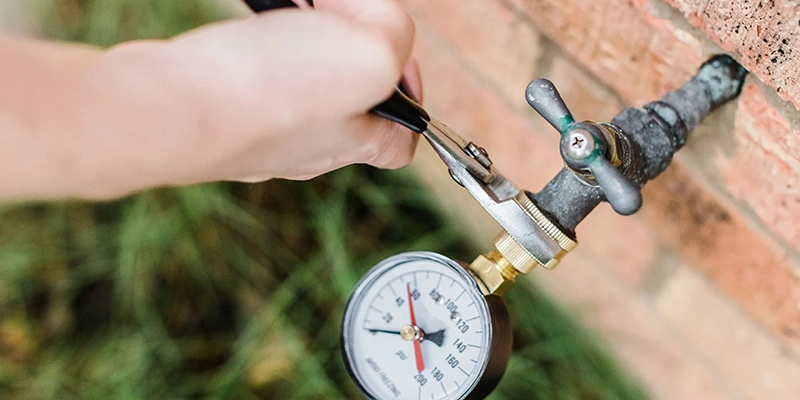
Conclusion
The first thing you need to do when you notice low water pressure in your house is to find the root of the problem. You can start by checking your meter and water pressure gauge to ensure the water supply and pressure haven’t been affected.
Next, assess your water taps and shower head to ensure no faulty faucets or damaged fixtures. Lastly, look for any signs of leaks. If you still can’t tell where the problem is, it’s time to call the professionals for emergency plumbing services.
Don’t let your home fall into disrepair – check out our list of home repairs related articles below for more information on how to keep your home in top condition!
- How To Increase Water Pressure in Your Home
- 5 Tips to Help Cut Down on High Water Bills… and Save Water
- Save Water When Making Household Upgrades
- How to Insulate Water Supply Pipes
- Six Tips to Increase Water Pressure in Your Shower

